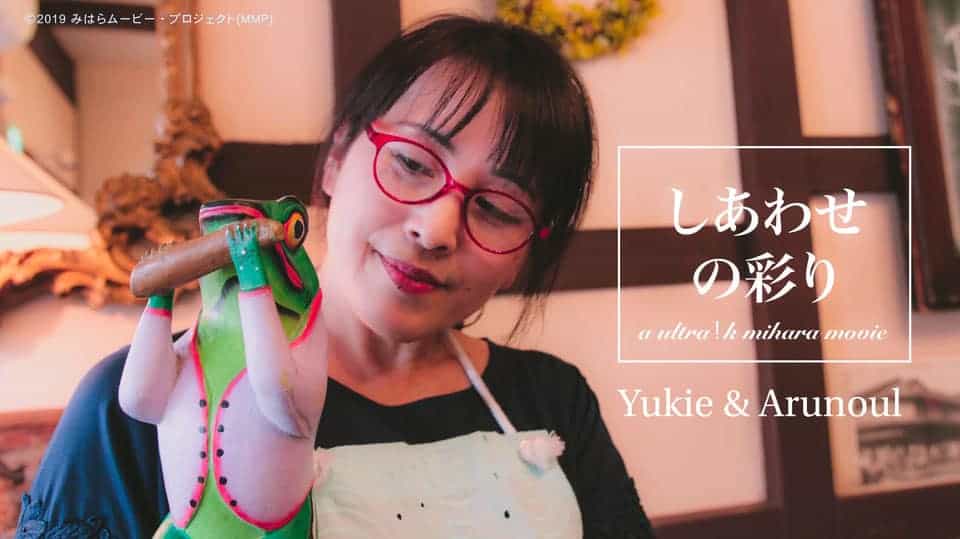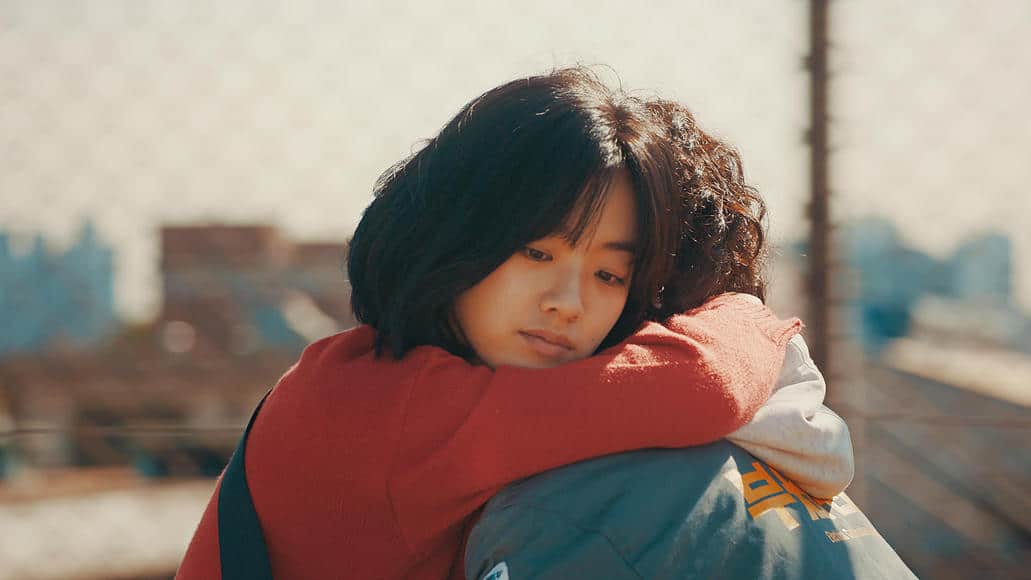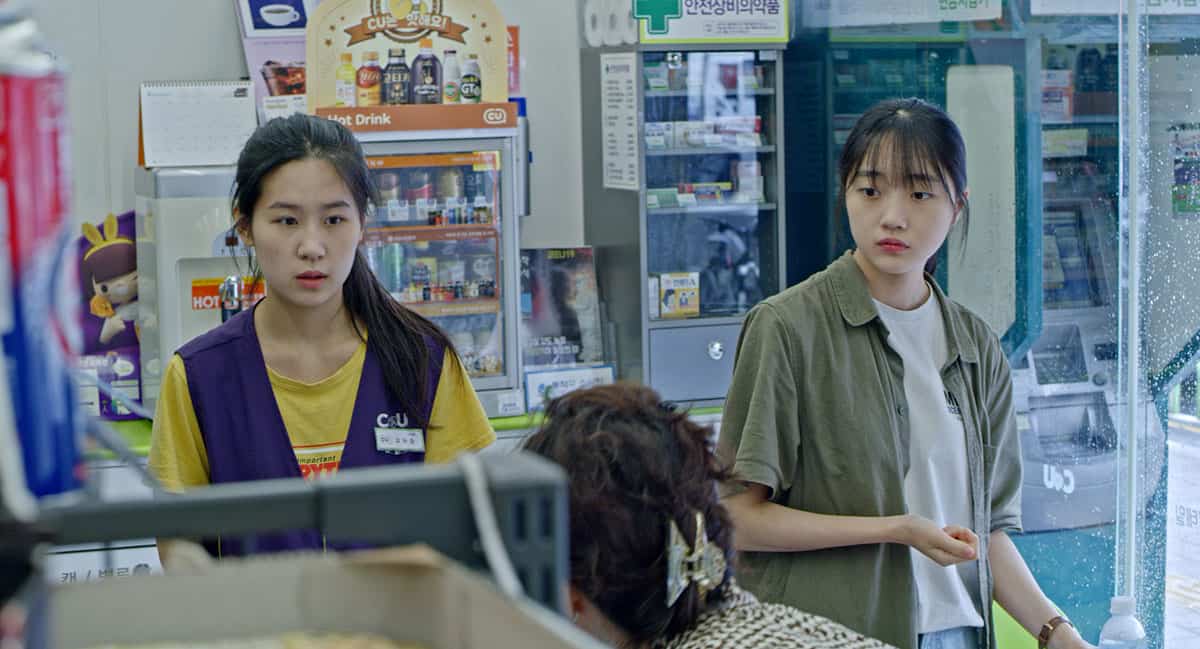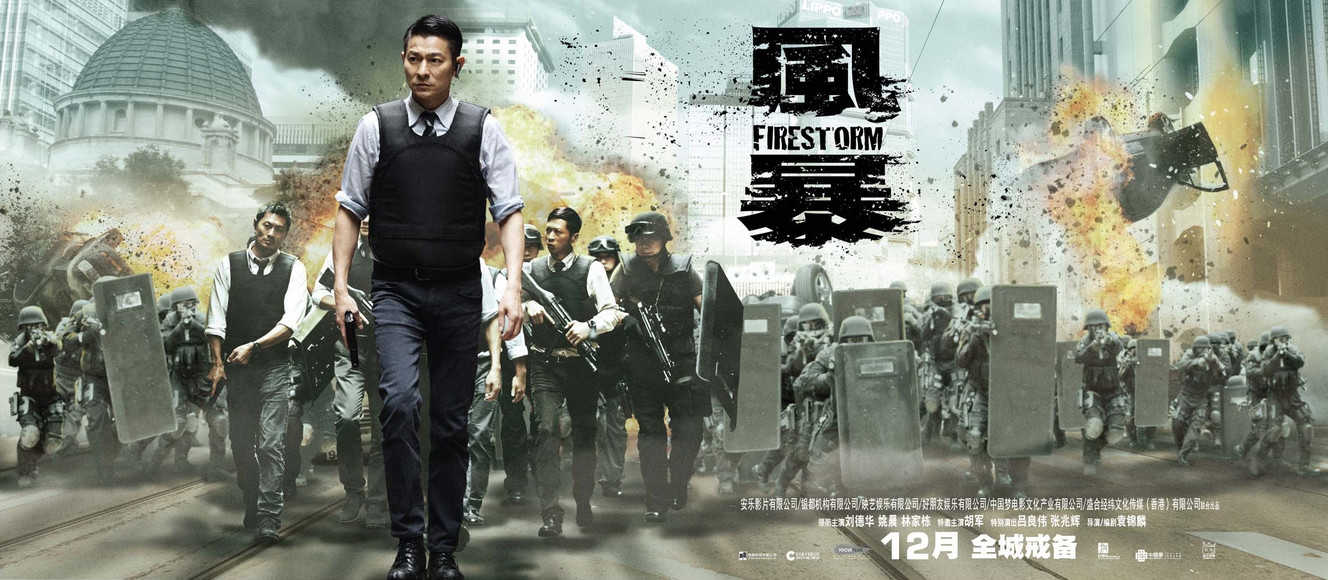Implementing an approach that is both quirky and meta, “The Color of Happiness” lingers somewhere between promotion (of cafe Kanechon and Mihara City, Hiroshima) and movie, by implementing an episodic approach that encompasses all of the aforementioned elements.
The Color of Happiness is screening at Japan FilmFest Hamburg
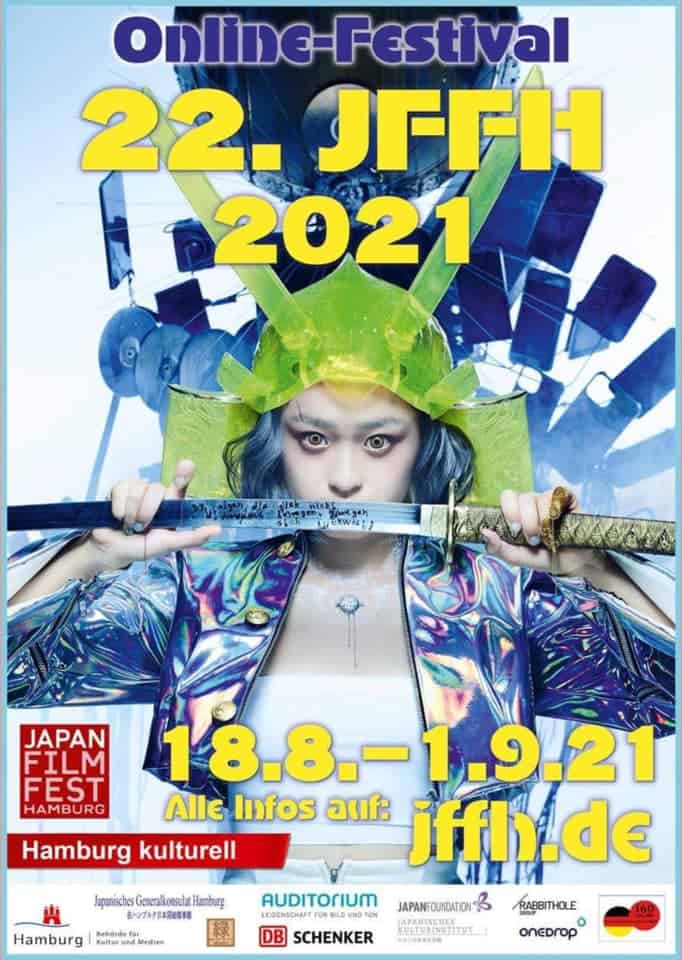
The narrative focuses on the daily life in Kanechon, particularly of Yukie, who is the owner and essentially the “face” of the shop, which is intersected with episodes involving the regulars, passersby, and the area in general. Apart from Yukie, Arnoul, a puppet frog from who moves and talks, also functions as the connecting element between the episodes.
In that regard, the disasters caused by torrential rain are a frequent topic of discussion among the locals who visit the shop, with the movie, which is actually sponsored by the city, being one of the solutions for financial relief for the area, through the promotion of both Mihara and the particular shop.

The episodes include a live performance of a local rock group, a discussion about Kobayakawa Takakage and his role in the battle of Sekigahara, a woman who is looking for a man to marry, in a “trip” that ends up with her visiting a rather eccentric medium, and an elderly man who is also looking for romance, although constantly targeting younger women who have no interest in him. Lastly, some stories involve the people from the area who provide the raw materials for Kanechon, as in the case of Meechan's farm. Lastly, the film also highlights the various customs and the dialect of the area, again through an episodic approach.
Classifying a film such as “The Color of Happiness” is somewhat difficult, mostly because it seems to address the people who made it (the locals essentially) as much as its potential audience, which is quite hard to ascertain who those will be. People who are interested in Japan in general or would like to visit Nagasaki will definitely find a lot to like here. For the rest however, the overall quirkiness and occasionally excessive acting can be a deterring factor, since the stories are too local to have a more broad appeal. Noriko Ishikawa as Yukie is the one who shines however, with her constant cheerfulness setting the tone for the whole movie, while the presence of a number of intently rock'n'roll types, will definitely amuse any kind of audience.
The cinematography is another interesting aspect of the film, with the presentation of both the cafe and the area being rather idyllic, while all the beauties of the location, particularly the images of the sea and the narrow streets are well presented. On the other hand, the almost constant music becomes tiring after a fashion, while the promotional aspects eventually become too intense to enjoy.
“The Color of Happiness” has its appeal and is easy to watch, but for the most part, addresses locals and tourists who want to visit the area rather than cinemagoers.


